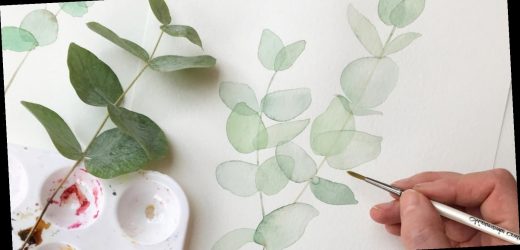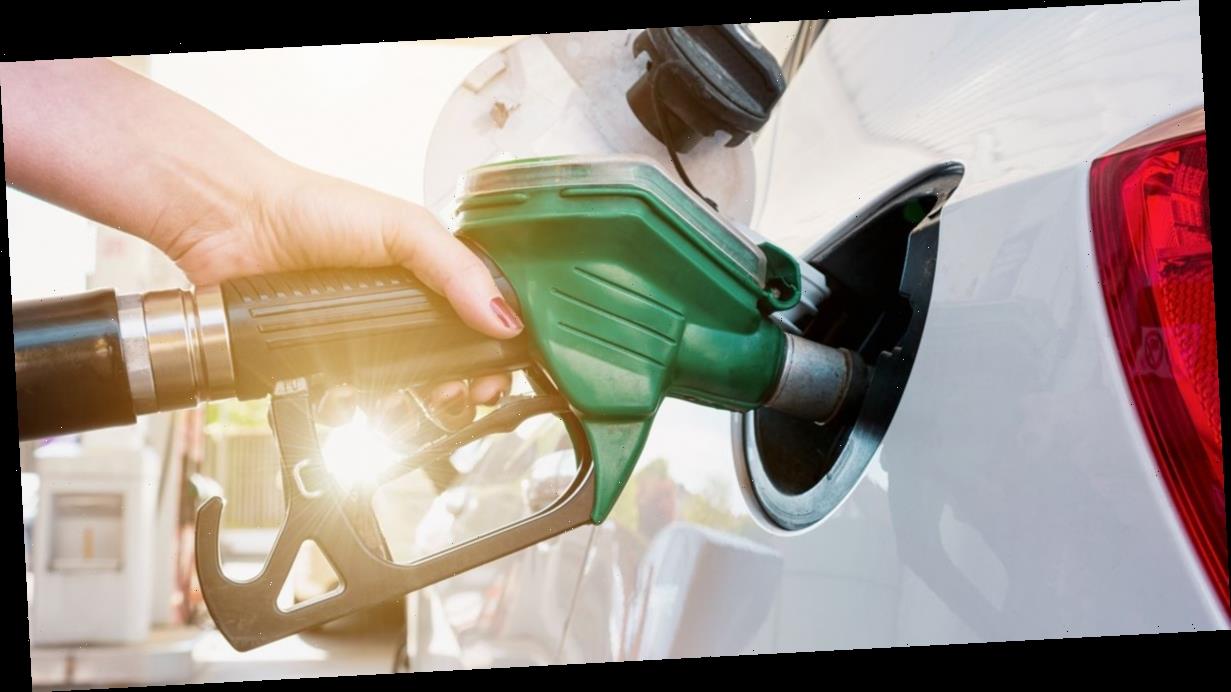Looking for a new creative hobby to try during lockdown, but not sure where to start? Give watercolour painting a go with this easy beginners guide, covering everything from what paints and brushes to buy to where to source your ideas and inspiration.
If there’s one thing we’ve learnt during lockdown, it’s the benefit of slowing down. For way too long, our ‘always on’ culture has demanded our attention 24/7 – but without the need to attend endless meetings or rush around to social events, lockdown has provided us with a little more space to think.
That’s not to say that many people haven’t been busy during lockdown – for those having to home school children and work at the same time, this period has been a challenge – but with so much time at home to fill, many people have been able to carve little moments of ‘me time’ among the madness, whether that’s baking, doing a craft like embroidery or reading.
However, if you’re yet to pick up a new hobby, or fancy trying your hand at something new for lockdown 3.0, it’s not too late. Picking up a new creative hobby such as watercolour painting is a great way to practice mindfulness and look after your mental health, while also giving you a sense of accomplishment. The best bit? It’s easy to get started.
“Watercolour offers impressive results fairly quickly and it’s undeniably relaxing,” explains Harriet de Winton, an award-winning artist, owner of de Winton Paper Co and author of New Botanical Painting. “Watching colours feathering and blending across a wet page is one of life’s simple pleasures and from there you start to realise that the paint and water are doing the hard work for you! It is a very forgiving medium and requires you to slow down and breathe.”
To help you get started on your own watercolour journey, we asked de Winton to give us her top tips on getting started with watercolour, no matter what your skill level. From the paints and brushes you’ll need to finding ideas and inspiration, here’s everything you need to know.
What do you need to get started with watercolour painting?
“You don’t need much to get started: paint, paper and some brushes,” de Winton says. “Buy the best quality materials you can afford because they will give you the best start in watercolour painting and last a lifetime.”
Alongside purchasing the basic materials, de Winton recommends finding a space with the right lighting.
“Find a space with some good natural light that makes you feel calm and happy before starting painting,” she says. “Then fetch a jar/glass of water and a piece of kitchen roll to blot your brushes and you’re good to go.”
What are the best watercolour brushes, paints and paper for beginners?
“Two reliable and widely available brands are Daler Rowney and Winsor & Newton – they both offer a range of art materials depending on your level,” de Winton explains. “‘Professional’ and ‘artist’ paints are the highest quality (they have more pigment, resulting in more vibrant colour meaning you can use a smaller amount). ‘Student’ and ‘graduate’ ranges are cheaper and great for a beginner.”
Once you’ve decided which brand/quality level you’re going to go for, it’s time to start shopping. Below, we’ve compiled a collection of de Winton’s top tips of things to keep in mind.
Paint: “You don’t need to buy every colour under the sun because the joy of watercolour is mixing colours. There are many paint sets with 12 colours readily available that will allow you to create a myriad of colours.”
Brushes: “I like to use a rounded point brush. It is versatile and the fine tip allows you to paint fine lines whilst the rounded body of the bristles can create broad strokes. I’d recommend starting with a size 4 and size 0.”
Paper: “Just make sure your paper is 300gsm thick. Thinner paper can’t hold water well; it falls apart and warps. Look for paper with a slightly dimpled texture –called ‘cold pressed’. This paper gives the classic watercolour experience.”
What’s the best place for beginners to start?
Once you’ve got all your kit together and found a spot with lots of natural light, it’s time to decide what you want to paint. To begin with, de Winton recommends, start by playing around with your colours and paint brushes and seeing what shapes you can create.
“To begin with, the best thing to do is to play: play around with what the water and colour can do when combined in different concentrations. Splosh it across the page and watch it transform before your eyes.
“I have a watercolour for beginners series on my de Winton Paper co Youtube channel where we spend plenty of time messing about making abstract shapes and just seeing what the brushes and paint can do. The most successful watercolour paintings come from a relaxed mind and a confident hand.”
After you’ve had a play around and figured out how much water you need/what your paint colours look like on paper, you’ll want to get started.
“Once you have become a bit more confident, my favourite thing to paint is flowers,” de Winton says.
“My book New Botanical Painting has over 30 flower and foliage projects to paint in a loose watercolour style. I break down every plant into simple steps and brush strokes and before you know it you’ve painted a beautiful rose!
“Flowers are my favourite thing to paint as you can usually get your hands on the real thing; whether it’s a forget me not growing in the crack of a pavement, a bluebell on a grassy verge or a tulip in a vase, flowers provide beautiful colour blends and interesting shapes.”
Fancy painting something else? The world’s your oyster! Have a go at googling ‘easy watercolour ideas’ and see what comes up.
And if you mess up?
“Relax and enjoy it! I paint to quiet a noisy brain and it never fails to make me feel better,” de Winton says. “There will be times when your brush won’t do what your mind wants it to, but remember, even the most naturally talented artists practise.
“Don’t be despondent if your first attempt goes awry, learn from it and keep going. Before you know it you will have wiled away a whole afternoon and have a page full of beautiful blooms.”
Images: Harriet de Winton/de Winton Paper Co
Source: Read Full Article




